Kapetaniana is a mountain village located in the southern part of the Heraklion regional unit on the island of Crete, Greece. It is part of the community of Stavies within the Gortyna municipality. The village is built amphitheatrically on the slopes of the Asterousia Mountains, at an altitude of approximately 750 meters. Its location offers breathtaking views of the Libyan Sea and the sacred peak of Kofinas. The name “Kapetaniana” derives from the Greek word “kapetanios,” meaning captain. This reflects the village’s history of resistance against the Ottomans, with many of its residents actively participating in the Cretan uprisings.
Historical References
Archaeological evidence unearthed in the vicinity, particularly at the site of Metzolati near the peak of Kofinas, reveals a continuous human presence dating back to the Minoan period. The discovery of an ancient peak sanctuary, complete with votive offerings and figurines, underscores the area’s significance as a place of worship and ritual in ancient times.
While the village itself does not appear in Venetian records, it emerges into the historical spotlight with its first official mention in the 1834 Turkish census. This aligns with historical accounts suggesting its establishment by Sfakians following the Daskalogiannis revolt against Ottoman rule in the late 18th century.
Location
Perched at an elevation of approximately 750 meters on the southern slopes of the Asterousia Mountains, Kapetaniana commands a strategic and scenic position. Its amphitheatrical layout offers panoramic vistas of the Libyan Sea, the rugged beauty of the Asterousia range, and the sacred peak of Kofinas. The village is situated within the Heraklion regional unit, falling under the jurisdiction of the Gortyna municipality and the community of Stavies. It is conveniently located about 71 kilometers from Heraklion and 21 kilometers from the town of Asimi.
Historical Significance
Kapetaniana holds a unique place in Cretan history. It served as a sanctuary for the native Cretans, known as Eteocretans, after the Dorian invasion, preserving a distinct cultural identity. The subsequent establishment of monasteries, including the Monastery of the Degree and the “Panagia of Kyrie Eleison,” transformed the area into a spiritual hub during the Christian era.
The village’s strategic location and the indomitable spirit of its inhabitants led to their active participation in the Cretan resistance against Ottoman rule. This legacy of defiance is enshrined in the village’s name, Kapetaniana, which pays homage to the “captains” or leaders who emerged from its ranks.
Population Data Over the Years
The village’s narrative provides some insights into its demographic trajectory. Following its establishment by Sfakians, the village likely experienced a period of growth and prosperity. However, the German occupation during World War II dealt a severe blow to Kapetaniana, leading to depopulation as many residents fled or were displaced.
In recent decades, Kapetaniana has witnessed a resurgence, fueled primarily by the growth of tourism. While the permanent population remains relatively small, the village welcomes a steady stream of visitors drawn to its natural beauty, cultural attractions, and opportunities for outdoor activities.
Year |
Population |
Notes |
|---|---|---|
1881 |
201 |
Christians |
1900 |
297 |
|
1928 |
308 |
|
1981 |
189 |
|
1991 |
127 |
|
2001 |
113 |
|
2011 |
80 |
|
2021 |
49 |
Current Status
Today, Kapetaniana is experiencing a revival, primarily driven by tourism. The village offers visitors a glimpse into traditional Cretan life, with its picturesque stone houses, narrow streets, and warm hospitality. The surrounding natural beauty, including the breathtaking views of the Libyan Sea and the Asterousia Mountains, provides ample opportunities for outdoor activities such as hiking, mountain biking, and birdwatching. The village also boasts cultural attractions like the Byzantine church of Panagia and the church of Timios Stavros, where a unique Christian ceremony with pagan elements is still practiced.
The village’s cultural association plays a vital role in preserving local traditions and fostering a sense of community. The annual celebration of the Dormition of the Theotokos on August 15th, marked by a traditional Cretan feast, exemplifies the vibrant spirit of Kapetaniana.
Village Key Points
- Historical References: Archaeological findings indicate continuous human presence in the area since the Minoan period. The village itself is first officially mentioned in the 1834 Turkish census, and historical records suggest it was founded by Sfakians after the Daskalogiannis revolt.
- Location: Southern Crete, within the Gortyna municipality, on the slopes of the Asterousia Mountains.
- Historical Significance: Kapetaniana has been a refuge for the native Cretans after the Dorian invasion and a significant spiritual center during the Christian era with the establishment of monasteries. The village played an active role in the Cretan resistance against the Ottomans, hence its name, which translates to “Captains’ village.”
- Population data over the years: While specific population figures over time are not provided, the text mentions that the village was depopulated during the German occupation in World War II. In recent years, it has experienced a revival due to tourism.
- Current Status: Kapetaniana is a small village with a growing tourism industry. It offers a blend of traditional Cretan life, natural beauty, and opportunities for outdoor activities like hiking and mountain biking.
Access
Kapetaniana is 22.4 kilometers away from the town Zaros and 10.0 kilometers away from Asimi













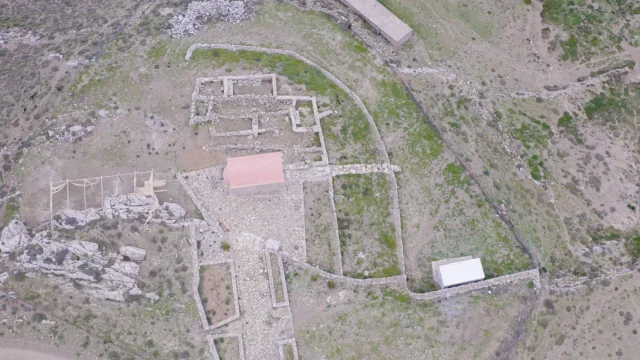

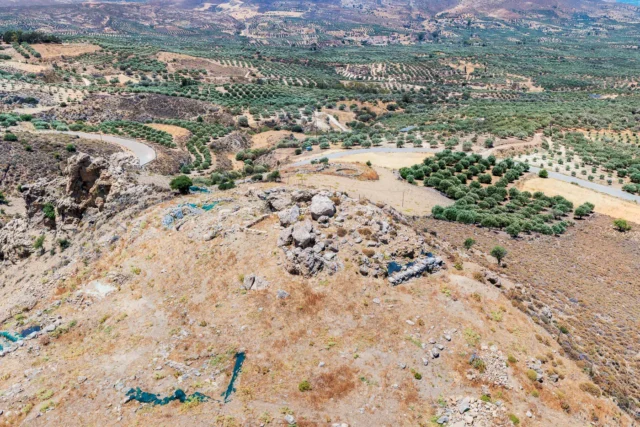
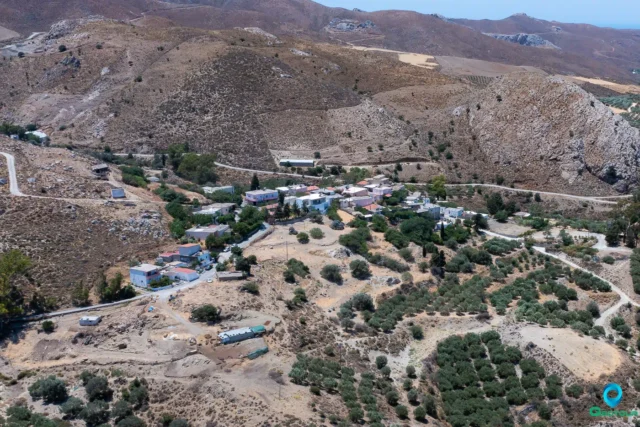
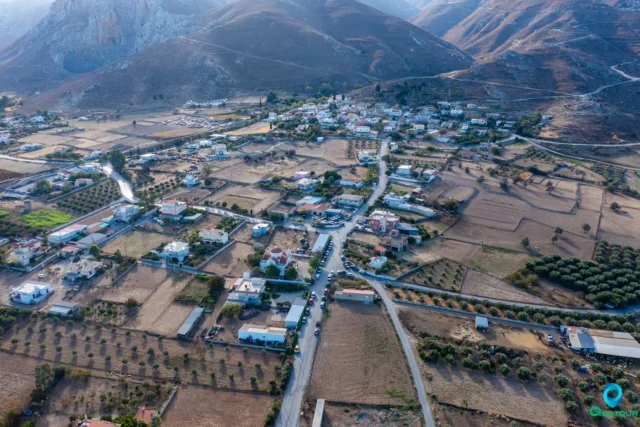


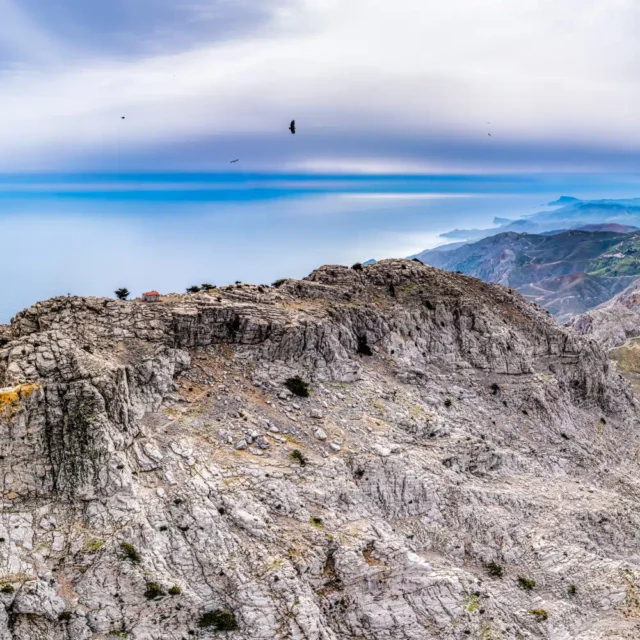

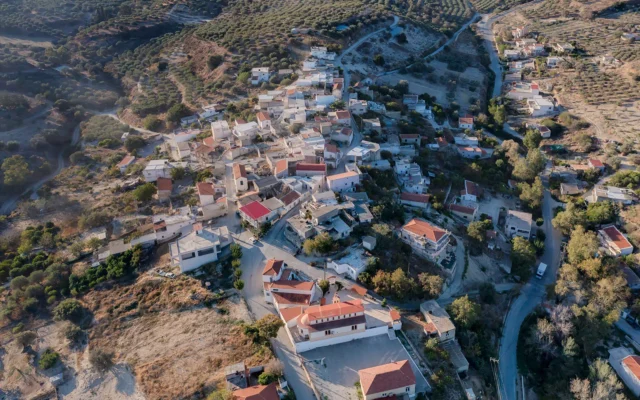

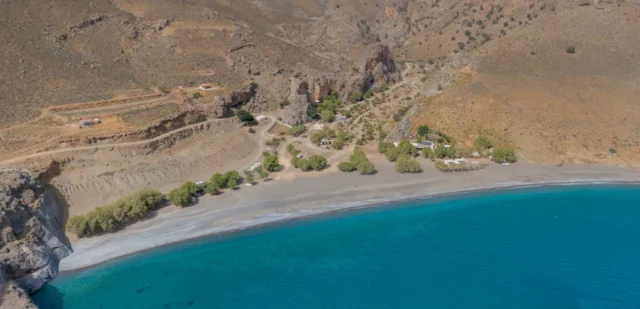

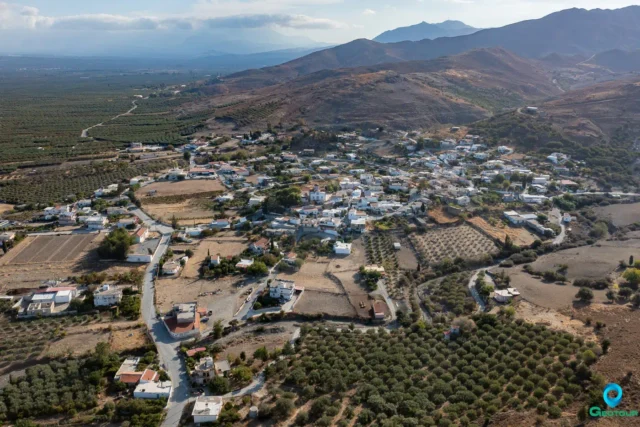
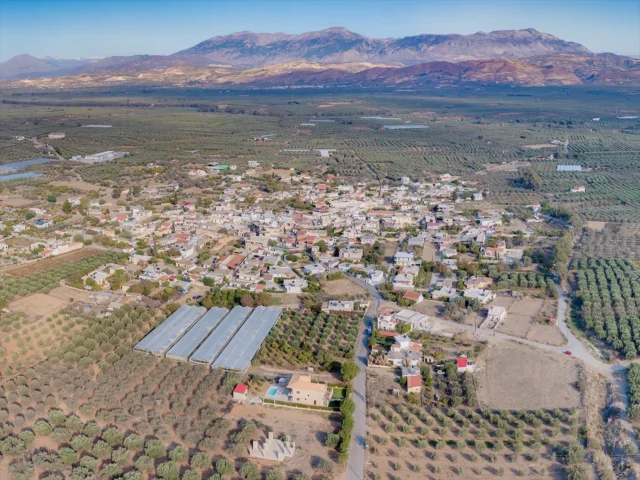
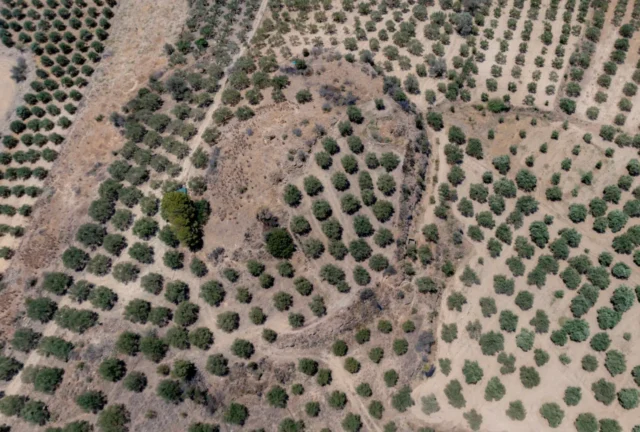
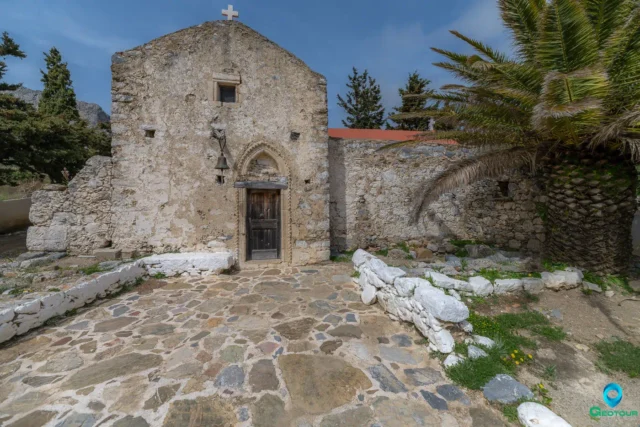

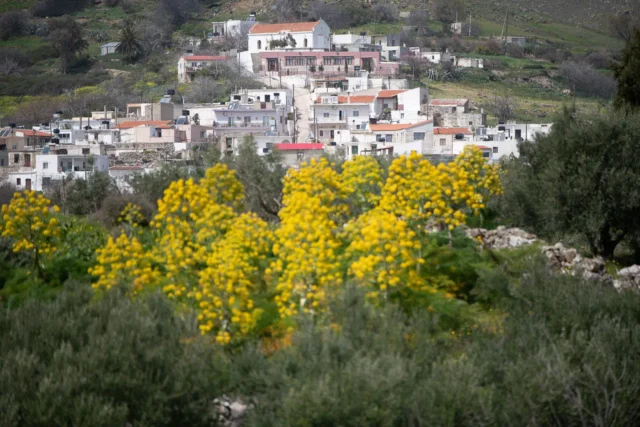

There are no comments yet.